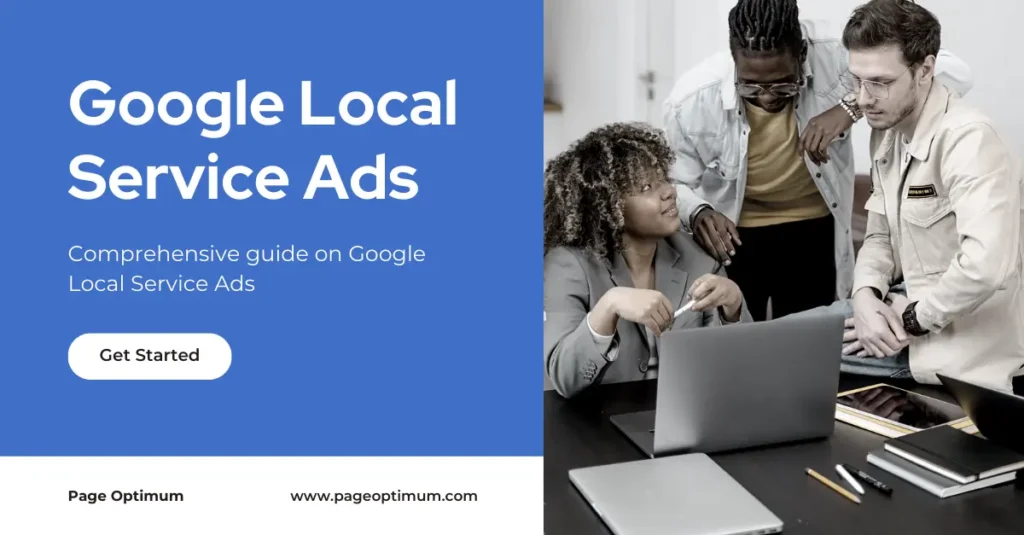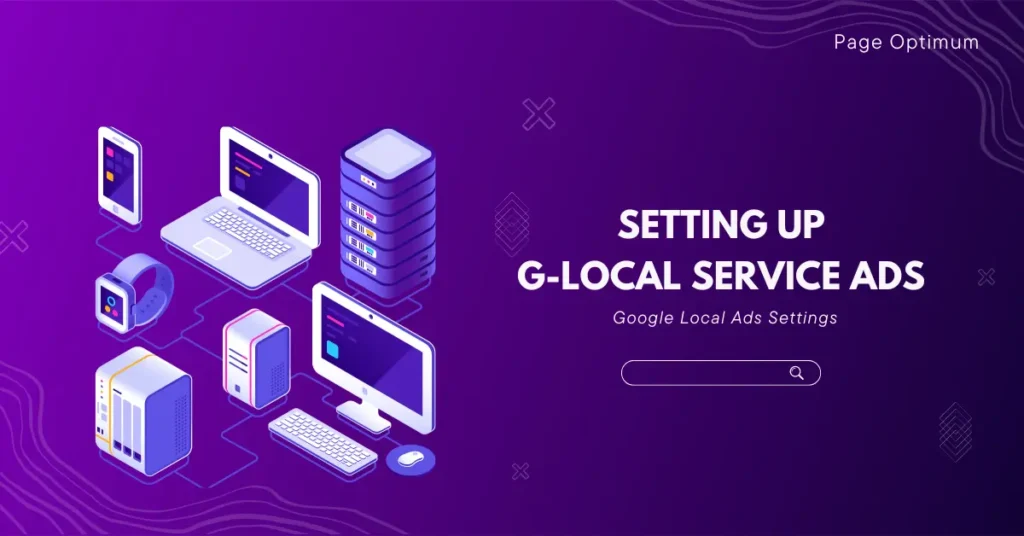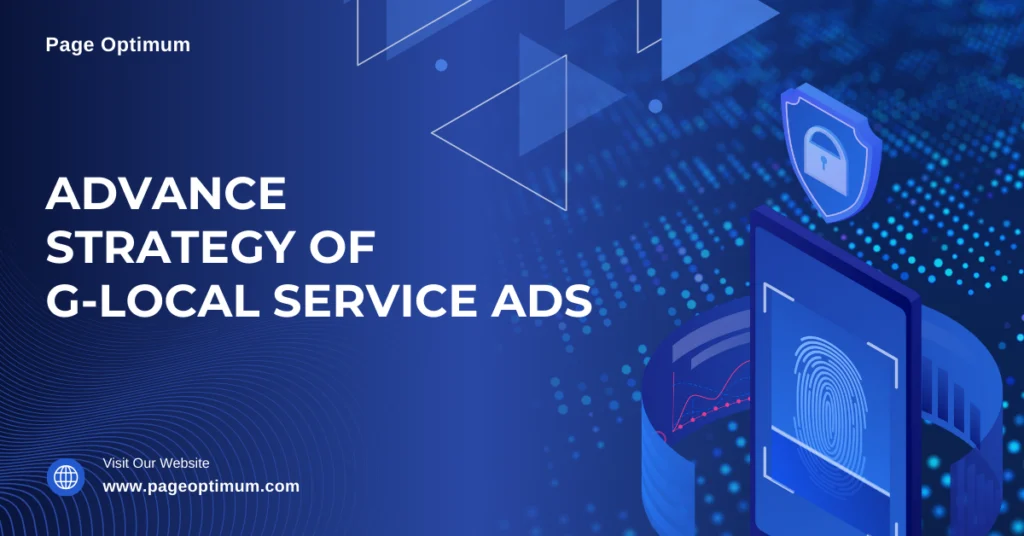Estimated reading time: 6 minutes
A comprehensive guide on Google Local Service Ads to help businesses boost visibility and attract local customers.
What Is Google Local Service Ads?
Introduction
Google Local Service Ads (LSAs) are revolutionizing the way service-based businesses connect with local customers.
By targeting high-intent leads, these ads offer a streamlined way for businesses to boost their visibility and credibility while only paying for genuine leads.
In this guide, we will explore everything you need to know about LSAs, from how they work to how you can maximize their benefits.

What Are Google Local Service Ads?
Google Local Service Ads are designed to help local businesses, such as plumbers, electricians, and lawyers, reach nearby customers. Unlike traditional Google Ads, which operate on a pay-per-click (PPC) model, LSAs use a pay-per-lead pricing structure.
This means businesses only pay when a customer contacts them directly through the ad, ensuring higher return on investment (ROI) for service-oriented companies.
The Evolution of Local Advertising on Google
Since the introduction of Google Ads, local businesses have searched for ways to stand out in local search results.
Initially, PPC ads were the go-to, but as customer behavior shifted toward seeking highly trusted service providers, Google developed LSAs.
These ads cater specifically to high-intent searchers who are ready to make service inquiries.
How Local Service Ads Differ from Traditional Google Ads
The most significant difference lies in how businesses pay for leads. While PPC ads charge for each click regardless of customer intent, LSAs charge only for qualified leads.
Additionally, LSAs focus on service areas rather than keywords, helping businesses target local customers more effectively.
How Google Local Service Ads Work
To get started with LSAs, businesses must undergo a verification process to prove their legitimacy and trustworthiness. Once verified, they can create ads that appear at the top of Google search results when users search for services in their area.
How Businesses Get Verified for Local Service Ads
The verification process involves background checks, insurance verification, and licensing checks (if applicable). This ensures that businesses advertising through LSAs are reputable and meet local regulatory standards.
Once approved, businesses can display the coveted Google Guarantee badge.

Pay-Per-Lead Model Explained
Unlike PPC campaigns, where businesses pay each time, someone clicks their ad, LSAs operate on a pay-per-lead basis. A “lead” in this context refers to an inquiry made through the ad, such as a phone call or message.
This system reduces wasted spending and ensures that businesses only pay for tangible customer inquiries.
Service Areas and Categories Eligible for Local Service Ads
Currently, LSAs are available for a range of industries, including home services (e.g., plumbers, electricians), healthcare providers, and legal services.
Each business can set its service area, ensuring that ads are shown to potential customers within a specific geographic range.
Benefits of Using Google Local Service Ads
Using LSAs offers several advantages to businesses looking to grow their local customer base. These ads are tailored for high-intent customers, meaning the leads they generate are more likely to convert into paying customers.
Attracting High-Intent Customers
One of the most significant benefits of LSAs is that they attract customers who are actively searching for the services you offer. Because LSAs appear at the top of search results, they naturally draw more attention from users ready to make a decision.
Building Trust Through Google Guarantee Badge
The Google Guarantee badge displayed alongside LSAs signals to potential customers that the business has been vetted and approved by Google. This added layer of trust helps convert leads more effectively than standard search ads.
Enhanced Visibility in Local Searches
LSAs are given prime real estate at the top of Google search results, often above organic listings and traditional Google Ads. This increased visibility ensures that your business stands out in competitive local markets.

Google Local Service Ads vs Google Ads: Key Differences
While both Google Ads and Local Service Ads are powerful advertising tools, they serve different purposes and offer distinct advantages depending on a business’s goals.
Payment Models: Pay-Per-Click vs Pay-Per-Lead
Google Ads operates on a pay-per-click model, meaning businesses pay each time someone clicks on their ad, regardless of whether it leads to a conversion. LSAs, on the other hand, charge businesses only when they receive a direct inquiry, reducing the risk of wasted ad spend.
Audience Targeting in Local Service Ads
LSAs focus on a business’s service area and relevant categories rather than keywords. This geographic targeting ensures that ads reach customers within the business’s operating area, leading to more qualified leads.
Display Formats and Placement in Search Results
LSAs typically appear at the very top of search results, above organic results and traditional Google Ads. This prime positioning increases the likelihood of attracting clicks and conversions from local customers.
How to Set Up Google Local Service Ads
Setting up LSAs involves several steps, including account creation, business verification, and choosing your service area.
Step-by-Step Guide to Creating a Local Service Ad Account
- Sign up for Google Local Services Ads through the Google Ads dashboard.
- Complete the business verification process, which includes background checks and providing necessary business documentation.
- Set your service area, indicating where your business operates.
- Choose your business categories, specifying the services you offer.
- Start your ad campaign by setting a weekly budget based on your goals.
Frequently Asked Questions About Google Local Service Ads
Ans: The cost of LSAs varies based on your industry, location, and the number of leads you receive. Since LSAs operate on a pay-per-lead basis, you will only be charged for qualified inquiries, which typically results in a higher ROI compared to pay-per-click ads.
Q2: Can I run both Google Ads and Local Service Ads together?
Ans: Yes, businesses can run both Google Ads and LSAs simultaneously. While LSAs focus on generating local leads for specific services, Google Ads offer broader reach through PPC campaigns targeting specific keywords.
Q3: How does Google verify businesses for Local Service Ads?
Ans: Google conducts background checks on business owners and employees, verifies licenses, and requires proof of insurance. This vetting process helps ensure that only trustworthy and qualified businesses can run LSAs.
Q4: Are there any restrictions on the types of services I can advertise?
Ans: Yes, LSAs are currently limited to certain industries, including home services, legal services, and healthcare. Google continues to expand the categories eligible for LSAs as the program evolves.
Q5: How long does it take to get leads from Local Service Ads?
Ans: Once your ad is live, you can start receiving leads almost immediately, depending on the demand for your services in your area and the competitiveness of the market.
Q6: What happens if a lead doesn’t convert into a customer?
Ans: Businesses can dispute leads that they believe are not valid, such as wrong numbers or inquiries outside their service area. Google reviews these disputes and may issue a credit for the lead.
Conclusion
Google Local Service Ads offer a powerful solution for local businesses looking to generate high-quality leads. With the pay-per-lead model, Google Guarantee badge, and enhanced visibility, LSAs help businesses build trust and connect with local customers more effectively.
We also offer Facebook advertising campaigns. For more information, please connect with the Page Optimum team.